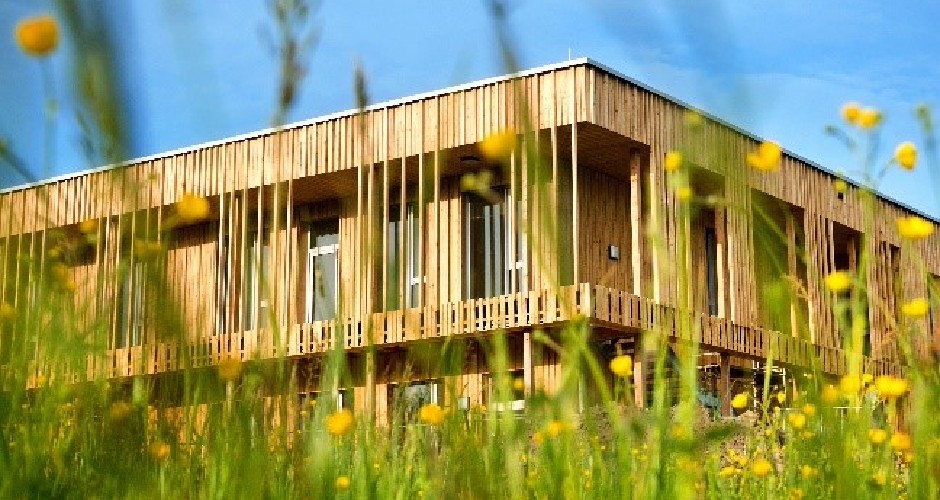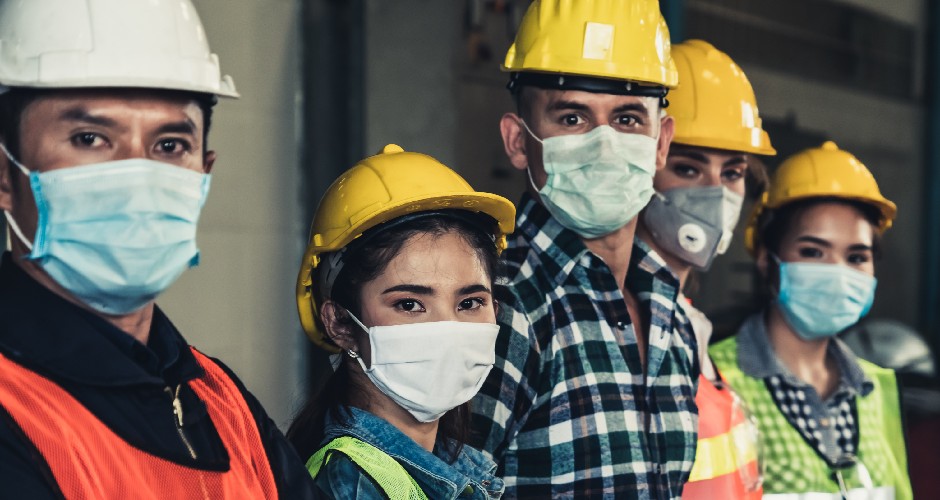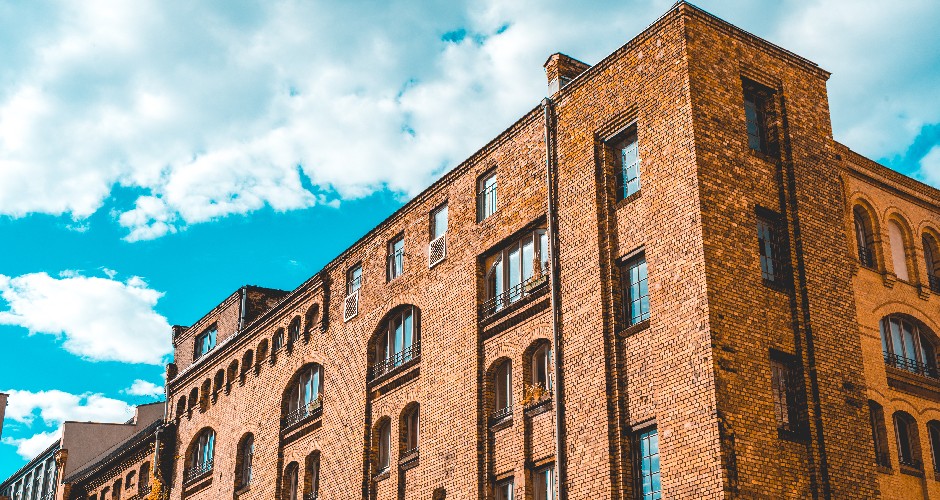The model home in the post COVID19 era

The COVID19 pandemic has changed many of our habits and priorities, among them, the model of home we have and the way in which we live in it. Resilience, a term used in many disciplines, also has its own definition in housing. According to the experts, we are moving towards a housing model that is more resilient, ecological and community-based.
The term resilience, the capacity to overcome traumatic situations, has begun to be used in sector of urbanism, architecture and housing. When we talk about the resilience of housing, we are referring to the capacity to adopt certain structural changes in order to face the new adversities that will come in the post COVID19 era. Post-COVID19 resilience also implies sharing and expanding the community to create together a new way of living that is more collaborative and ecological. This has been defined as community living or eCohousing.
The current housing model, a model completely individualized that doesn’t take into account the environmental impact, is much less resilient than this new model proposed by housing coops like La Borda, Trabensol or Entrepatios.
The proposal of resilient housing is based on two basic principles: (1) they are collective ownership buildings, responsible for the collective debts and also, (2) they are clearly in favor of ecological architecture. They use ecological materials, with wood construction, zero CO2 emissions and systems to reuse water. These strategies follow the construction standard of Passivhaus.
This type of construction allows resilience when facing episodes similar to that of the Coronavirus, new economic crises or ecological disasters.
The proposal of a new housing model not only touches on resilience in building but also relationships between people because the model has a strong social character. The collaboration between community housing neighbors is also a form of resilience when facing adversities. According to the WHO, loneliness is the epidemic of the XXI century and co-living is a good way to fight it. An example of this is the Intergeneracional de la Plaza América Building in Alicante, where 20 year-olds live with people in their 70s.
Currently, the co-living model is not widely used in our society, but the capacity of this model to resist adverse conditions that could present themselves to society makes it a model to take into account in the future.



